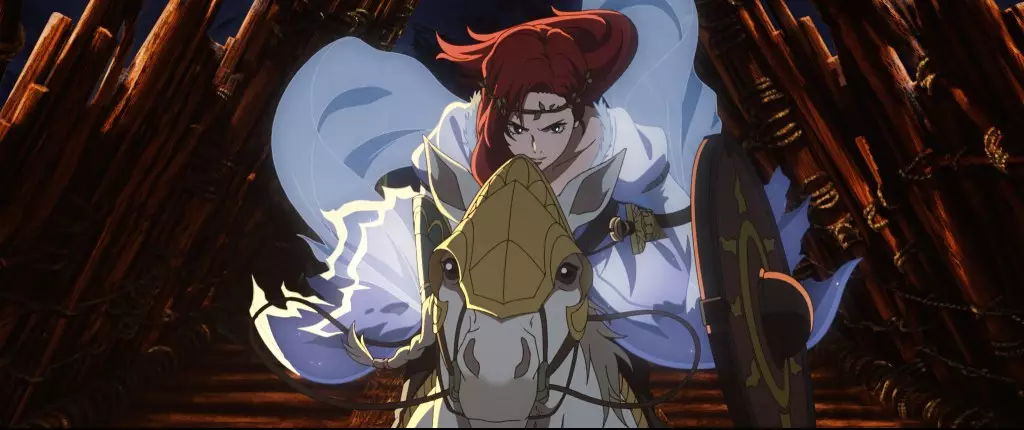In a striking turn of events, New Line Cinema’s latest entry into the revered Lord of the Rings franchise, “The War of the Rohirrim,” struggled to capture audience interest upon its release on December 13, grossing just $4.5 million. This disappointing debut not only highlights the challenges faced within the animated film industry but also raises questions about the demand for adaptations of revered literary properties. Within a mere two weeks, the film will transition to digital platforms like Amazon Prime Video and AppleTV—an unusually short theatrical window. This rapid shift suggests that filmmakers and studios are reassessing their distribution models in light of evolving consumer habits.
The festive season is a notoriously competitive time for blockbuster films, and “The War of the Rohirrim” found itself amidst a slew of formidable contenders, including anticipated titles like “Sonic the Hedgehog 3” and “Mufasa.” The poor box office performance raises concerns about the ability of the animated film to retain its screen count in theaters, as audiences flock to other, more appealing options. The film’s second-week earnings dropped dramatically, showcasing a 72% decline to only $1.25 million, totaling a paltry $7.3 million. Such a downturn signifies not only a lack of interest but also speaks volumes about the potential pitfalls of cinematic releases in a crowded market.
Franchise Maintenance vs. Creative Development
Warner Bros. had previously greenlit the production as a strategic move to maintain rights with the Embracer Group, the current holder of the Lord of the Rings franchise. This approach raises interesting questions about the motivation behind such projects. While it may keep rights intact, is it enough to ensure the creative vitality of a long-standing franchise? With the last major release being “The Battle of the Five Armies” nearly a decade ago, are subsequent productions more about rights management than artistic expression? As studios scramble to keep franchises alive, the risk is that they may sacrifice originality and substance for the sake of continuity.
Plans for future films in the franchise are already underway, with projects such as “The Hunt for Gollum” on the horizon. This shift towards creating new stories offers both hope and trepidation. Can these new additions recapture the magic that made the original series iconic? The collaboration of renowned talents like Andy Serkis and the original creative team behind the Lord of the Rings will undoubtedly contribute to high expectations from audiences and critics alike. However, it remains to be seen if such projects can blend nostalgia with innovation effectively to meet the rigorous demands of contemporary viewers.
Ultimately, “The War of the Rohirrim” serves as a cautionary tale about the balance between maintaining a franchise and fostering creative growth. As audiences increasingly turn towards diverse cinematic experiences, studios must be wary of relying purely on nostalgia. The path ahead for the Lord of the Rings franchise is fraught with challenges, but with thoughtful storytelling and creative vision, it still has the potential to enchant new generations. The film industry must carefully navigate this landscape, ensuring that every new chapter honors its legacy while also forging a distinctive path forward.

